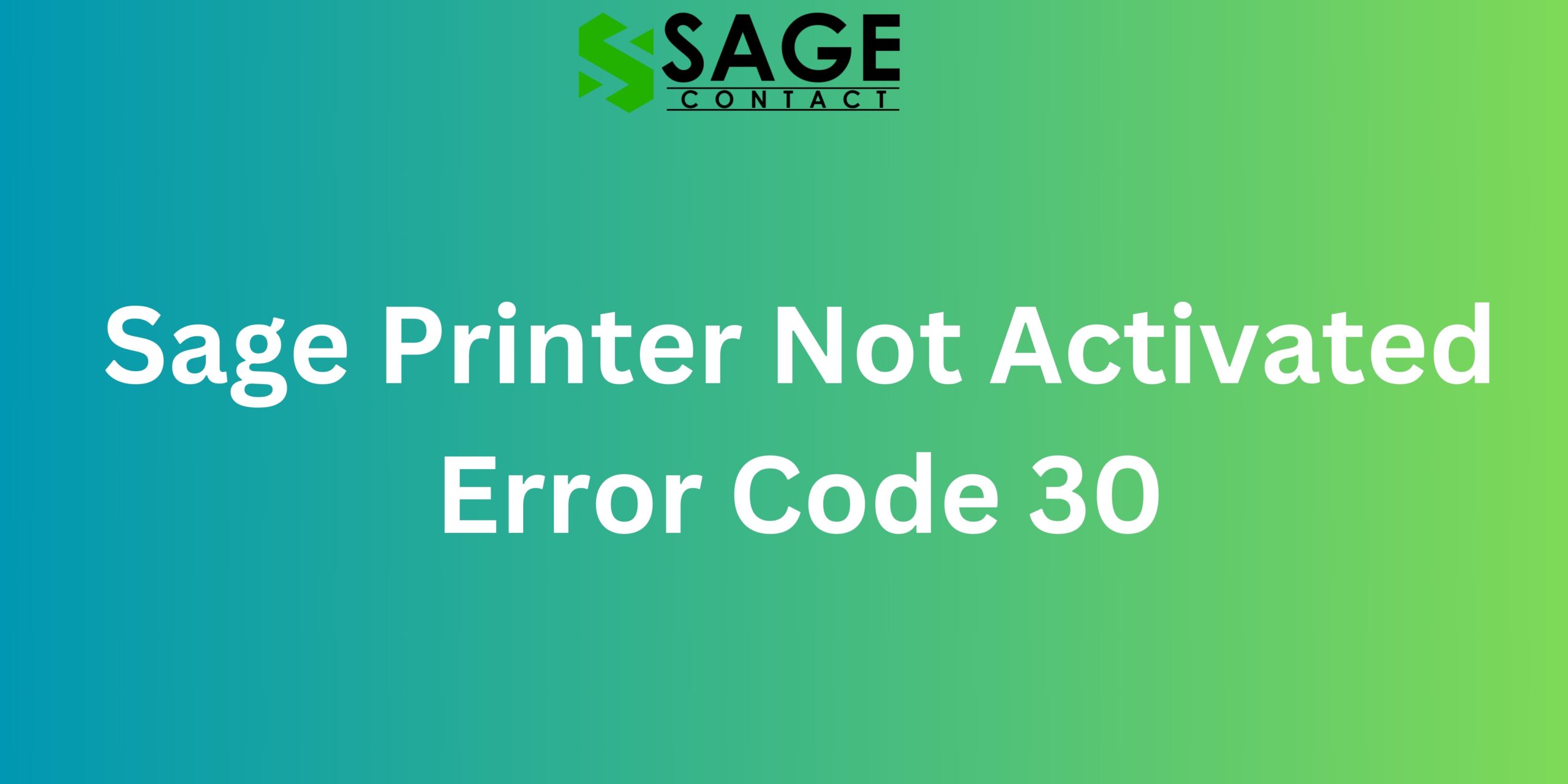For anyone planning to take a home loan, understanding key financial terms is critical. Among these terms, the Prime Lending Rate, or PLR, holds a special place. But what is the PLR and how does it impact your home loan? Let’s unravel this concept and its implications through this detailed article.
Understanding Prime Lending Rate (PLR)
The PLR full form is Prime Lending Rate, and it is the interest rate at which banks lend to their most credit-worthy customers. It is generally reserved for individuals with excellent credit profiles and repayment histories or businesses with robust financials. This benchmark rate is significant for borrowers as it serves as a standard for determining the interest rates on various loan products, including home loans.
The PLR is a fluctuating figure and is adjusted periodically based on several factors, including the cost of funds for banks, the Reserve Bank of India’s monetary policy, and other market dynamics. The PLR varies from bank to bank, with each bank having the discretion to set its Prime Lending Rate.
Here’s what to keep in mind regarding PLR:
- PLR is not a compulsory standard; banks can charge a rate lower or higher than the PLR for their credit products.
- The Reserve Bank of India does not mandate the PLR; each bank sets its PLR.
- The PLR is usually associated with corporate loans or credit-worthy borrowers.
All You Need to Know about PLR and Home Loans
Traditionally, banks used the PLR to determine the interest rates on home loans. However, with the introduction of new benchmarks like the Base Rate in 2010 and the MCLR or the Marginal Cost of Funds based Lending Rate in 2016 by RBI, better known as the Reserve Bank of India, the role of PLR has changed.
Home loans sanctioned after July 1, 2010, were linked to the Base Rate, and those sanctioned after April 1, 2016, were linked to the MCLR. However, home loans sanctioned prior to these dates could still be linked to the PLR.
As a as you apply for home loan online, it’s important to understand how these changes can impact your loan:
- If your home loan is linked to the PLR, changes in the PLR will impact your loan interest rate and, subsequently, your EMI.
- You have the option to switch from PLR to either Base Rate or MCLR system based on the date of your loan sanction. Banks generally charge a fee for this switch.
In today’s digital era, where one can apply for a home loan online, understanding these key financial terms is more critical than ever. It not only equips you with necessary knowledge but also helps you make an informed decision.
Factors Affecting PLR
Several factors come into play in determining the PLR set by a bank:
- RBI’s Monetary Policy: Central bank policies play a significant role in setting the PLR. For instance, when RBI increases the repo rate (the rate at which the RBI lends to commercial banks), banks generally pass this increase to the borrowers by increasing the PLR.
- Cost of Funds: The cost incurred by the banks to raise funds significantly affects the PLR. Higher the cost of funds, higher the PLR and vice versa.
- Market Conditions: Economic factors like inflation and liquidity also impact the PLR.
Impact of PLR on Borrowers
Knowing the PLR full form and its implications can greatly affect your home loan journey. Here’s how:
- Fluctuating EMIs: If your home loan is linked to the PLR, any change in the PLR will affect your loan’s interest rate and consequently, your EMI.
- Loan Tenure: Changes in the PLR might also affect your loan’s tenure. If the PLR increases, leading to a rise in your EMI, and if you choose to keep your EMI constant, the bank may increase your loan tenure.
- Switching to MCLR/Base Rate: If you want to apply for home loan online and the loan is still linked to the PLR, consider moving to the newer systems, the MCLR or Base Rate, as they are more transparent and better reflect the current market conditions. However, keep these points in mind:
- Analyze the difference between the PLR and the MCLR/Base Rate and how it will impact your EMIs and overall loan cost.
- Most banks charge a nominal fee for switching from PLR to MCLR/Base Rate. Factor in these charges when deciding to switch.
Conclusion
In conclusion, understanding the PLR and its impact can help you navigate your home loan journey more efficiently. The financial world can be labyrinthine, and knowledge is your best ally. Stay informed and make the most of your borrowing experience.





